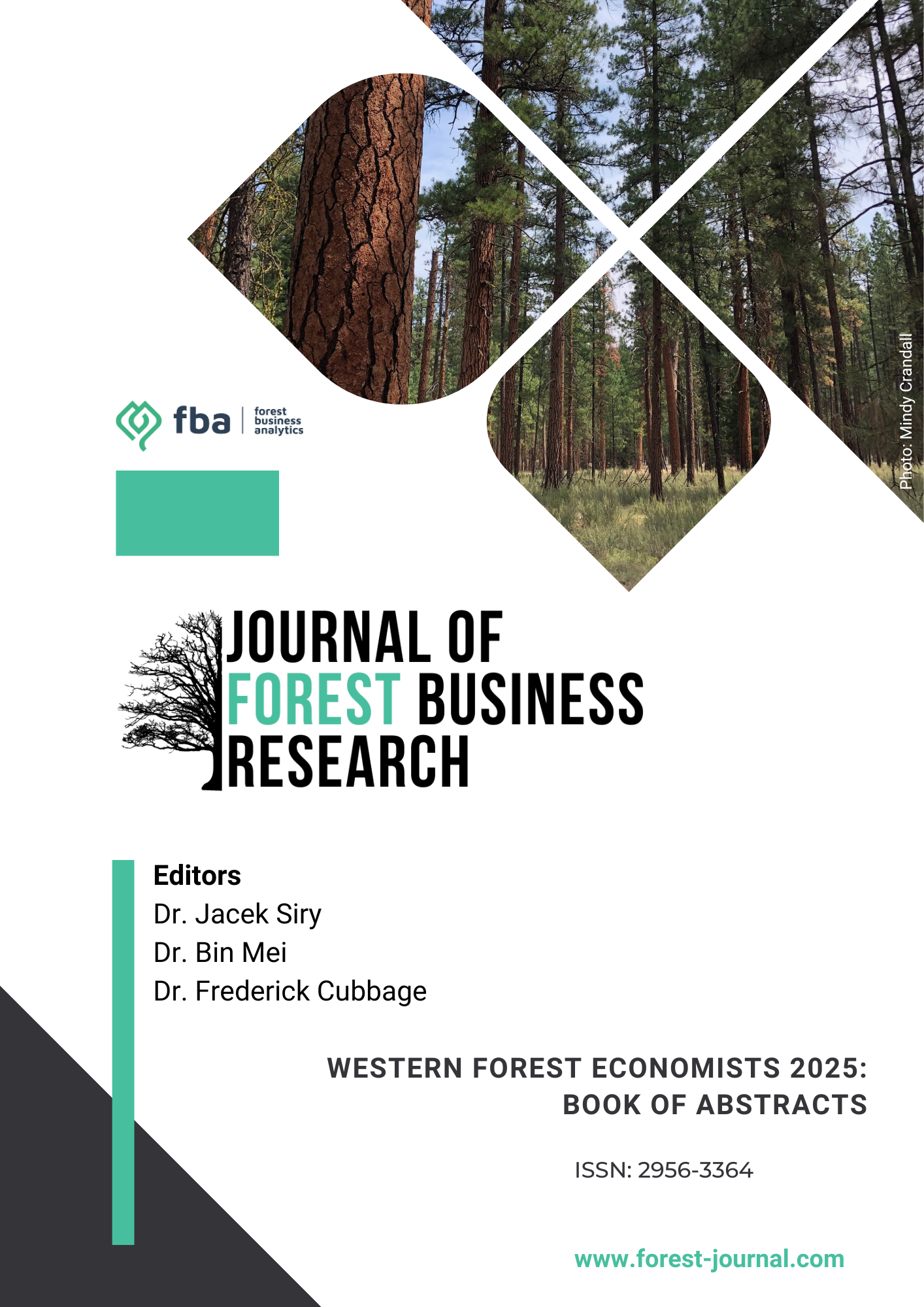The economic logic of thinning illustrated by a Sierra mixed-conifer field trial
Main Article Content
Keywords
economic analysis, Sierra mixed-conifer, thinning from above, thinning from below, timber management
Abstract
An industrial forester and a silviculture professor got into a friendly debate over how to manage a 40-year-old Sierra mixed-conifer stand. They both agreed it needed to be thinned and agreed on how much should be thinned, but they differed over how to thin it. The industrial forester argued for thinning from above. For the same amount of basal area removal, it would generate more revenue than any other thinning method, while still leaving the stand positioned to grow just as well post-treatment. The silviculturalist worried thinning from above would come at a cost. Even if subsequent stand-level volume production was unaffected (a questionable claim), the smaller trees reach maturity later, delaying the final harvest. Better to retain the largest trees, get to maturity quickly, and start the next rotation sooner. In 2016, a field trial was established to resolve the debate empirically. This paper is a companion to that project. Here, we explore the contested economic logic at the center of the argument. We aim to provide a conceptual foundation—developed analytically and illustrated graphically—for interpreting the empirical findings. We show that if post-treatment stand growth is the same for both methods, then thinning from above is financially preferable to thinning from below, despite delaying regeneration and contrary to silviculturalists’ customary skepticism of the method. We stop short of offering specific management recommendations, pending further results from the field trial, but identify the conditions that must hold for thinning from below to outperform thinning from above.






